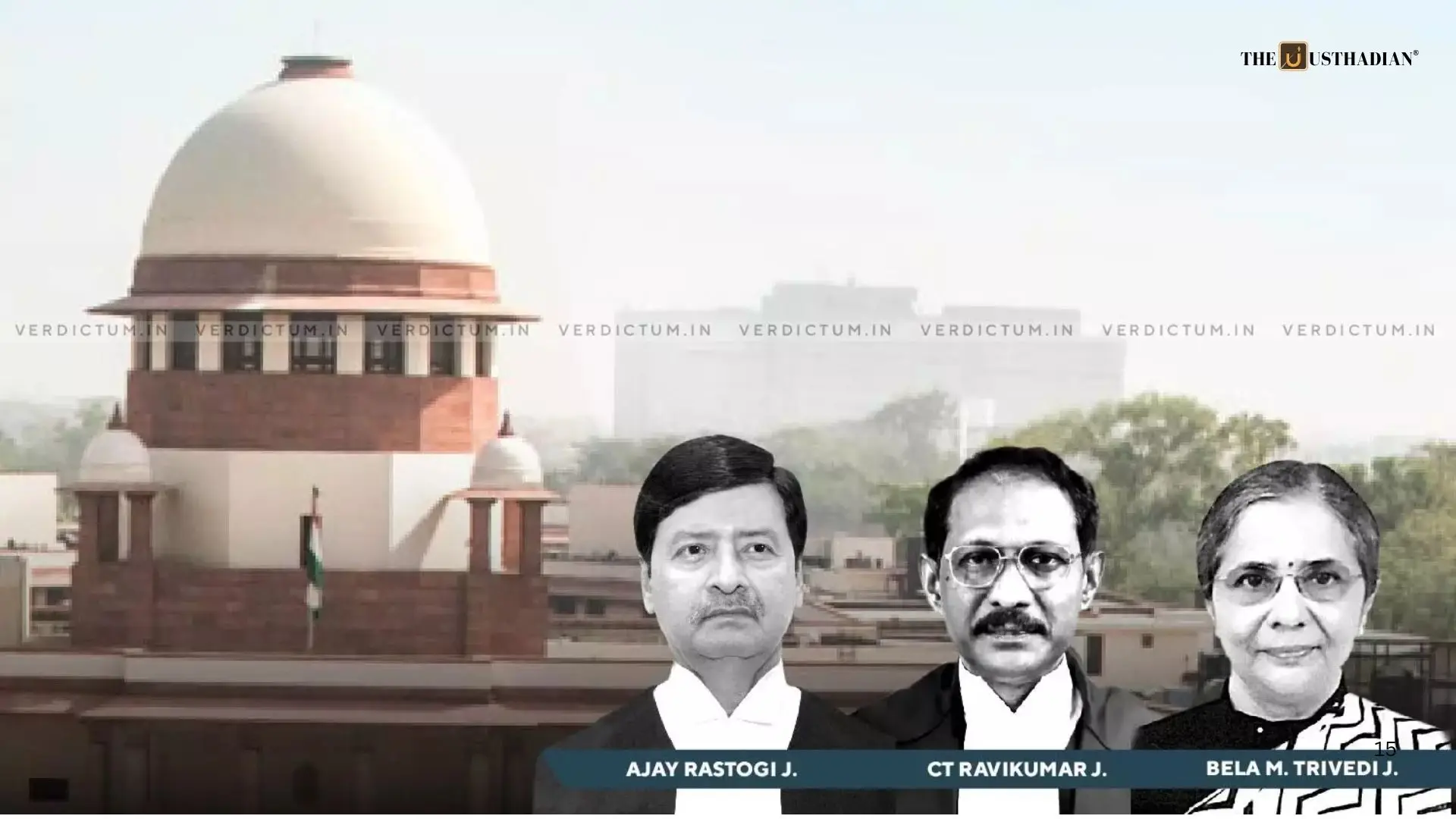A Law Caught Between Rural Roots and Urban Realities
Delhi Land Reforms Act Controversy: Balancing Law, Land, and Livelihoods: As Delhi Assembly elections draw closer, the Delhi Land Reforms Act, 1954 has come under sharp political and legal scrutiny. While it once protected small farmers, critics argue its outdated provisions now restrict economic freedom in urbanised villages. With 308 out of 357 villages already urbanised, the relevance of the law in 2025 is being questioned by landowners, legal experts, and political leaders alike.
Understanding Sections 33 and 81: The Heart of the Debate
Section 33 bars landowners from selling land if it leaves them with less than 8 acres, making it hard for small holders to monetise land.
Section 81 allows Gram Sabhas to seize land if it is used for non-agricultural purposes, like building a house or shop — unless explicitly exempt (e.g., poultry or fisheries).
For example, a woman in outer Delhi wanting to build a small clinic on her land could face land confiscation, while someone wanting to sell part of their land for emergency funds may be blocked under Section 33.
Urbanised Yet Bound by Rural Laws
Though notified urban villages fall under the Delhi Municipal Act (1957) and Delhi Development Act (1957), several regions still follow rural land rules under the 1954 Act. This creates legal confusion, with some landowners enjoying full rights while others remain restricted, despite being neighbours.
The lack of uniform transition has stalled land-use planning, real estate growth, and farmers’ ability to adapt to new income avenues.
What Experts Suggest: Reform, Not Repeal
Most scholars and policy experts advocate for amending, not abolishing, the Act. Suggestions include:
- Decriminalising Section 81 misuse with penalties, not land seizure
- Updating land records in urban zones
- Allowing commercial use in notified villages
- Supporting farmers’ shift from cultivation to services, rentals, or agribusiness
This approach would help balance land rights with planned development.
Political Faultlines in the Reform Battle
- AAP, led by Arvind Kejriwal, blames the Centre for delaying repeal of Sections 33 and 81
- BJP argues that AAP has not offered an actionable policy or urban land-use plan
- Both claim to protect farmer rights, but legal reforms remain stuck
The issue is now a major poll narrative, shaping debates over land ownership, governance, and economic autonomy.
STATIC GK SNAPSHOT FOR EXAM PREP
Delhi Land Reforms Act Controversy: Balancing Law, Land, and Livelihoods:
| Topic | Fact |
| Delhi Land Reforms Act | Enacted in 1954 |
| Section 33 | Restricts land transfer if < 8 acres remain |
| Section 81 | Allows Gram Sabha to seize land for non-farm use |
| Bhoodan Movement Influence | Led by Vinoba Bhave |
| Urbanised Villages (as of 2025) | 308 out of 357 in Delhi |
| Governing Urban Acts | Delhi Municipal Act (1957), Delhi Development Act (1957) |
| Governing Rural Authority | Gram Sabha |
| Legal Conflict | Between rural land laws and urbanised governance |








